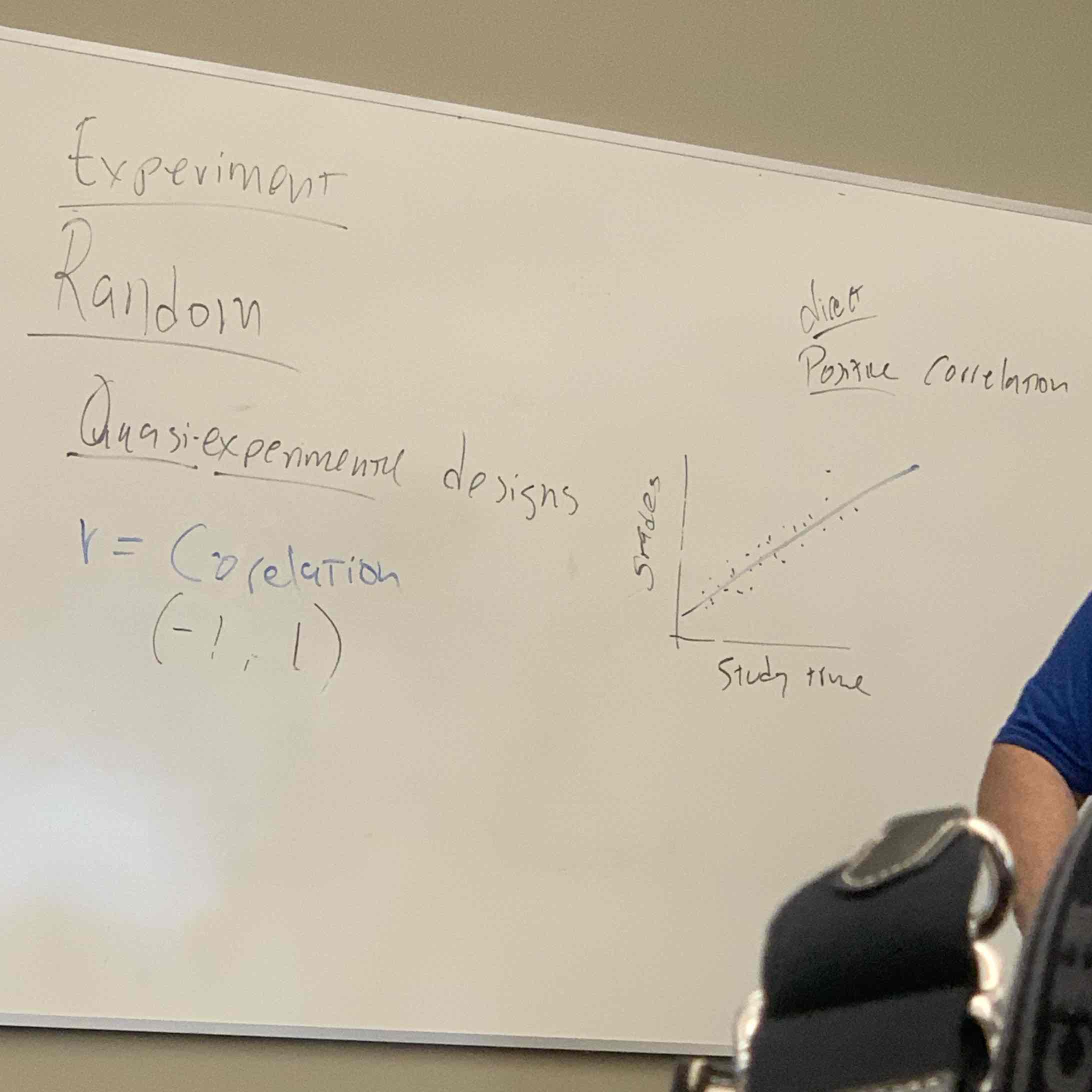Chapter 2
florence ferguson
Types of research on aging and how to study it
Meta Theoretical models
Mechanistic
Nurture
Something you learn
looks at body like a machine
Quantitative data
50 yard dash
Look at large phenomena and chunk it
what does aging do to the mind
Quick response
memory
compartmentalize info
Development has no endpoint and comparing to younger age ranges
Organismic
Nature
How the body responds
How fast your metabolism works when you’re 40 v 60
Good habits
Eat
exercise
etc
will increase the quality of aging
One of the main issues we see is a lot of these individuals lose crazy amounts of muscle mass

More sedentary = less muscle
This leads to complications such as
sugar gets stored in muscle mass as glycogen
the storage for sugar is less
which can lead to insulin resistance and potentially/ more likely diabetes
If you’re not physically active (as a woman)
Powerlifting
Crossfit
yoga
pilates
Menopause will demineralize your bones and increase the chance of death when you break your hip at 65 ☹
Exercise helps with your brain
Decreases decline in cognitive function
Learn new things and workout
They look at Qualitative research
looking at individual
gives you a lot of information about someone’s POV
You can’t generalize an experience
Contextual
Look at human behavior in context
It will be easy to misdiagnose someone if you look at the information out of context
if someone has grown up with the idea of abandonment and rejection then they are bound to repeat those patterns if they don’t seek professional help
Abnormal behavior in an abnormal situation is normal behavior
Lifespan development model
development is ongoing!!
Takes the contextual approach and expands it
history is going to impact someone/group/generation of people
war
pandemic
famine
Phones
mixed methods of gathering information
Multidisciplinary field
Medicine
psychology
Sociology
Sexuality in the elderly
STD increase in elderly ☹
Viagra is their bff
condom is off 😜
Sex ed for Mildred (fake elderly name I’ll use for the rest of the semester)
Development is plastic
It morphs/changes/adapts
Everything is a mix but some approaches focus on nature, nurture, or a mix of the two
correlation doesn’t equal causation 💅
Forms of Research
Qualitative
It can’t be generalized
Personal experience
Relative Phenomenology
Buyer beware
Be careful bro
literature is skewed
If you’re gonna have a study done and you want to study a specific variable and you’re controlling for certain variables and you’re trying to find what coorelates
The more you control the less applicable it is in REAL life
solid correlation and poor application
Quantitative
Can be generalized
Numbers
Experiement
Random Sampling NEEDED
Variables
Control variable
If you have x → y
X causes y
aka you have causation
When we deal with people we can’t do experiments because we can’t randomize people
Quasiexperimental designs
You CANT get causality when you do this
R = correlation
at most, you’ll get it
The relationship between two variables
Ex) Ice cream consumption increases in the summer
Correlation? YES
Causation? NO because heat doesn’t mean we’re magically gonna eat icecream

Quasiexperimental designs continued
Can be positive or negative
Negative
Inverse
Indirect
75 and up is a strong negative
.25 is moderate
and below is mild
Positive
Direct
.75 and up is a strong positive
.25 is moderate
and below is mild
You CANNOT GIVE CAUSE AND EFFECT BUT THIS IS GOOD ENOUGH
30 people per variable
more people = more ability to generalize
Sampling
people make fun of Freud
BECAUSE HE IS A FREAK
Sex and aggression are the main motivators according to him
He had a sampling error
Victorian Era
Sexually restrictive
Sexual expression was reserved for women of upper class
for making babies
Go hang with the friendly neighborhood prostitute (victorian era spiderman for women's sexuality)
The rule of thumb
you could beat your wife with a cane the length of approximately double your thumb
Women would go to Freud for talk therapy
only the upper-class could AFFORD to talk to him
and they had repressed sexuality
so the only thing they had was being horny and angry
So his sample was skewed
If the sample is limited then you can only generalize THAT sample
Significance - you find a strong positive or negative correlation and it’s deemed important
The minor details get buried
 Knowt
Knowt